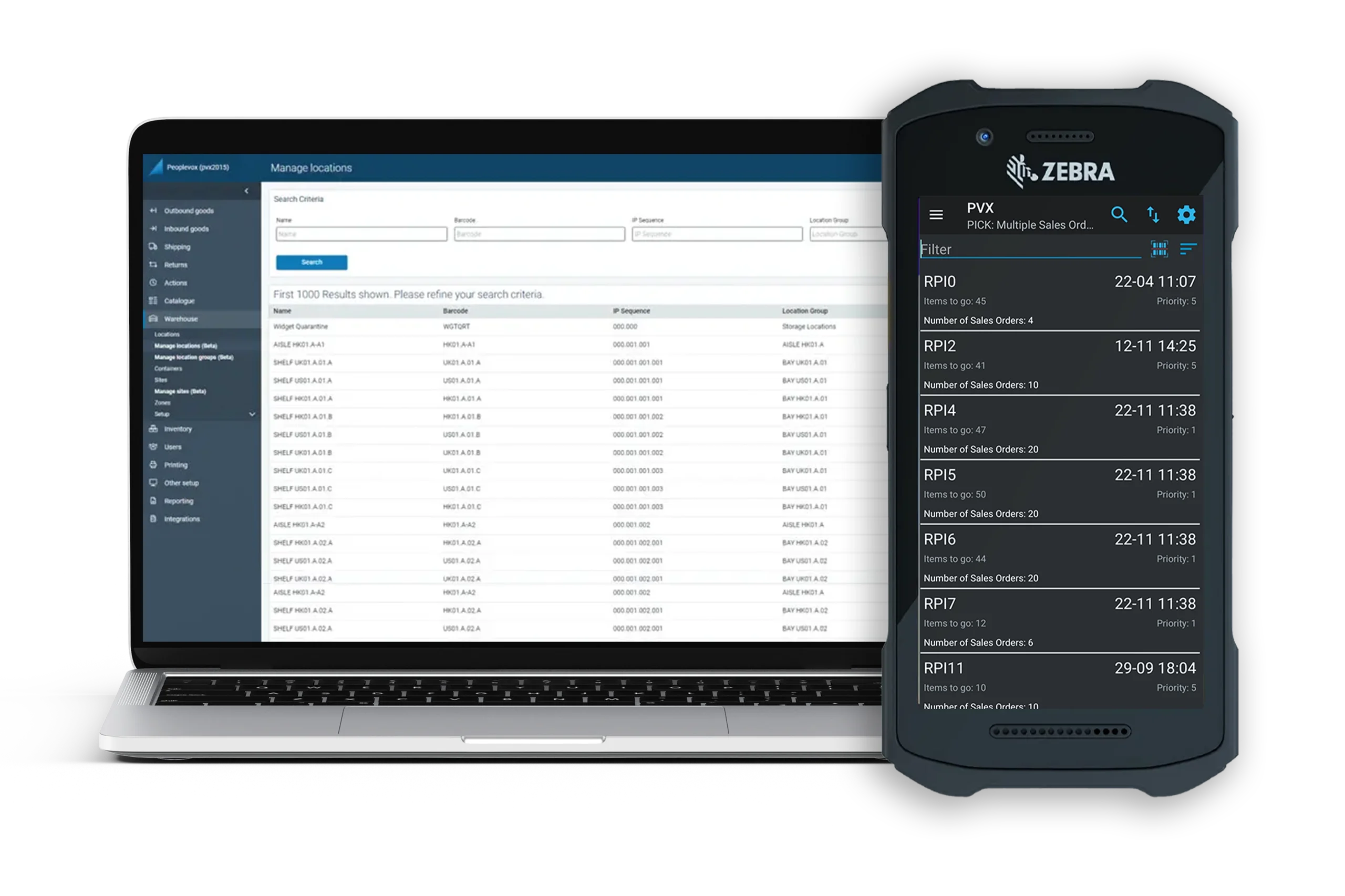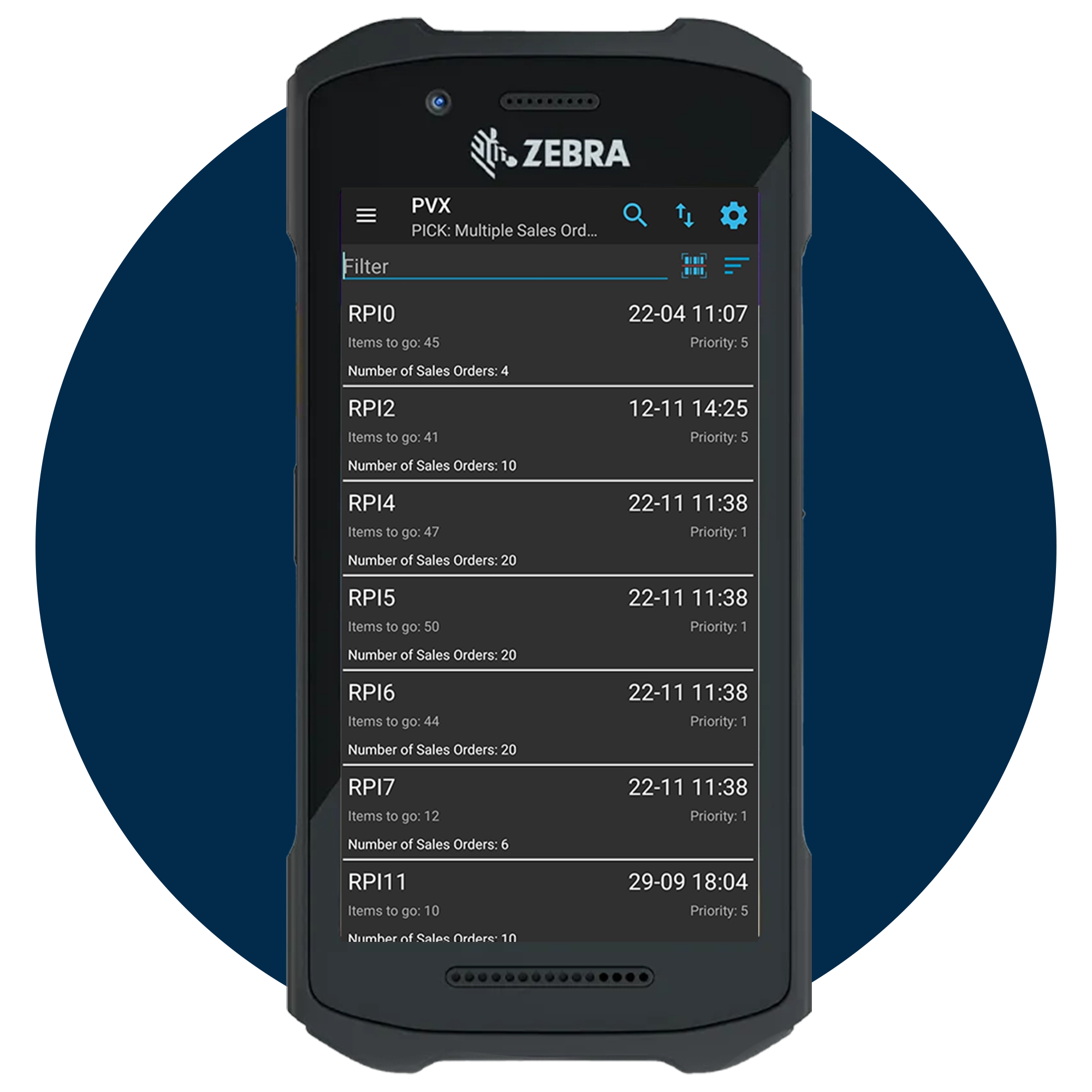Implementing a WMS
When it’s time to upgrade your warehouse operations — and how Descartes Peoplevox makes it happen

Is it time for a Warehouse Management System (WMS)?
If you’re still running your warehouse on spreadsheets, paper pick lists, or limited enterprise resource planning (ERP) workflows, it’s only a matter of time before the cracks show:
Orders go missing
Inventory becomes unreliable
Onboarding new staff takes too long
Scaling becomes chaotic

You might notice:
- Manual bottlenecks slowing down basic tasks
- Low visibility into order or stock status
- Growing return rates due to errors or delays
- Staff confusion about what to do, where to go, or what’s in stock
- A general lack of trust in your inventory data
A Warehouse Management System becomes essential when:
- You’re consistently shipping 200+ orders per day
- SKUs and inventory locations are expanding
- You rely on seasonal or temporary staff
- You’re missing service level agreements (SLAs) or struggling with accuracy
At this point, manual processes don’t just slow you down — they limit your ability to grow. A WMS built for ecommerce helps you move faster, scale smoother, and deliver a better customer experience.


Key questions to ask vendors
- Who leads implementation?
- How are mobile workflows configured?
- What training and support are included?
- How quickly can we go live?
- What results have you driven for similar brands?
How Descartes delivers WMS projects
Our approach is shaped by 10+ years working with ecommerce brands. It’s remote-first, fast-moving, and designed to get you live with minimal disruption.
More than a go live — a long-term upgrade
A WMS isn’t just a software tool — it’s the operational backbone of a high-performing warehouse. Implementing Peoplevox gives you:
- Control over every order, location, and task
- Faster, smarter fulfilment
- A platform that scales as you grow

